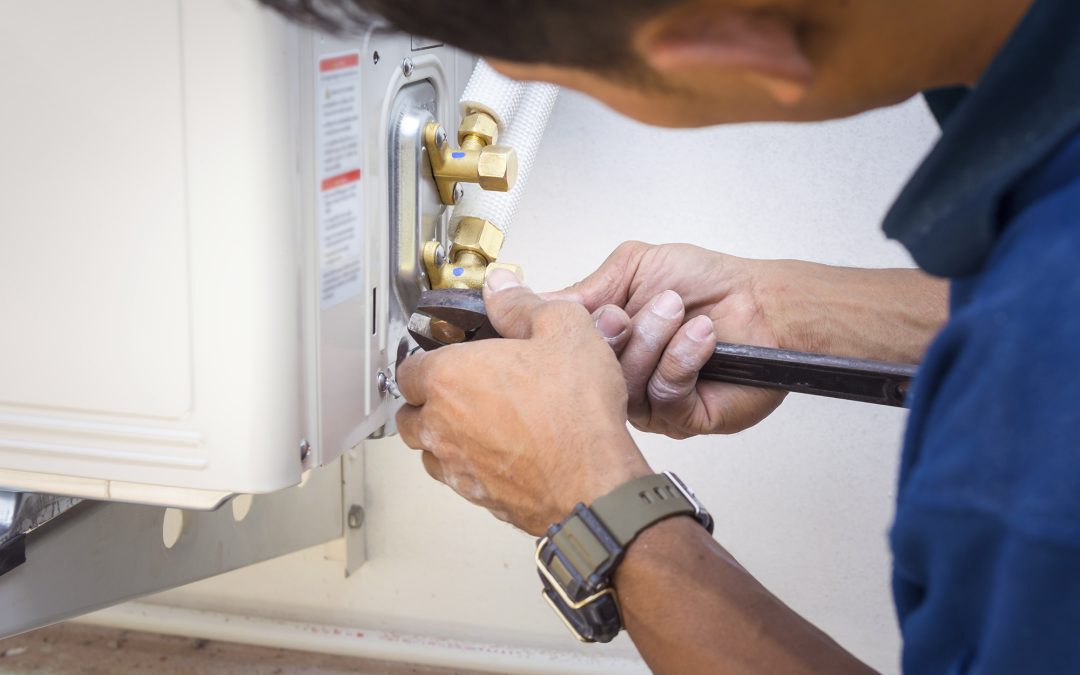When your home furnace needs repairs, it’s important to address the issue promptly to ensure the comfort and safety of your home. Here’s a step-by-step guide on what to do when your furnace requires repairs:
- Safety First:
- If you suspect a gas leak or any other safety issue, prioritize safety. Evacuate your home, and call your gas company or emergency services immediately.
- Turn Off the Furnace:
- If there are no immediate safety concerns, turn off the furnace. Locate the power switch or shut off the circuit breaker that controls the furnace. This prevents further damage and reduces the risk of electrical issues.
- Check Thermostat Settings:
- Ensure that the thermostat is set to the desired temperature and mode (heat). Sometimes, simple adjustments to the thermostat settings can resolve minor issues.
- Inspect Air Filters:
- Check the furnace’s air filters. Dirty or clogged filters can impede airflow and cause the system to work inefficiently. Replace or clean the filters if necessary. In general, filters should be checked and replaced regularly.
- Examine Pilot Light (For Gas Furnaces):
- If you have a gas furnace, check the pilot light. If it’s out, follow the manufacturer’s instructions for relighting it. If the pilot light continues to go out or if you smell gas, contact a professional immediately.
- Look for Visible Issues:
- Inspect the furnace for any visible issues, such as loose wires, damaged components, or unusual debris. Be cautious and avoid touching any components if you’re unsure.
- Reset the Furnace:
- Some furnaces have a reset button. Check the owner’s manual for your furnace to see if there are reset instructions. However, avoid excessive resetting, as it may indicate an underlying problem that requires professional attention.
- Check the Circuit Breaker:
- Ensure that the circuit breaker for the furnace is not tripped. If it has tripped, reset it. If it continues to trip, there may be an electrical issue that requires professional assistance.
- Contact a Professional Technician:
- If you’re unable to identify or fix the issue on your own, it’s advisable to contact a licensed HVAC (Heating, Ventilation, and Air Conditioning) technician. They have the expertise and tools to diagnose and repair furnace problems safely.
- Schedule Regular Maintenance:
- To prevent future issues, schedule regular maintenance for your furnace. Professional inspections and tune-ups can help identify and address potential problems before they lead to a breakdown.
- Consider Replacement (If Necessary):
- If your furnace is old, inefficient, or the cost of repairs is too high, you might want to consider replacing it with a newer, more energy-efficient model. A professional HVAC technician can provide guidance on whether replacement is a better option.
Remember, working on a furnace can be dangerous, especially if you’re not familiar with HVAC systems. If in doubt, it’s best to consult with a qualified technician to ensure that repairs are done safely and effectively. We trust our furnace repairs to Builder’s Choice.
